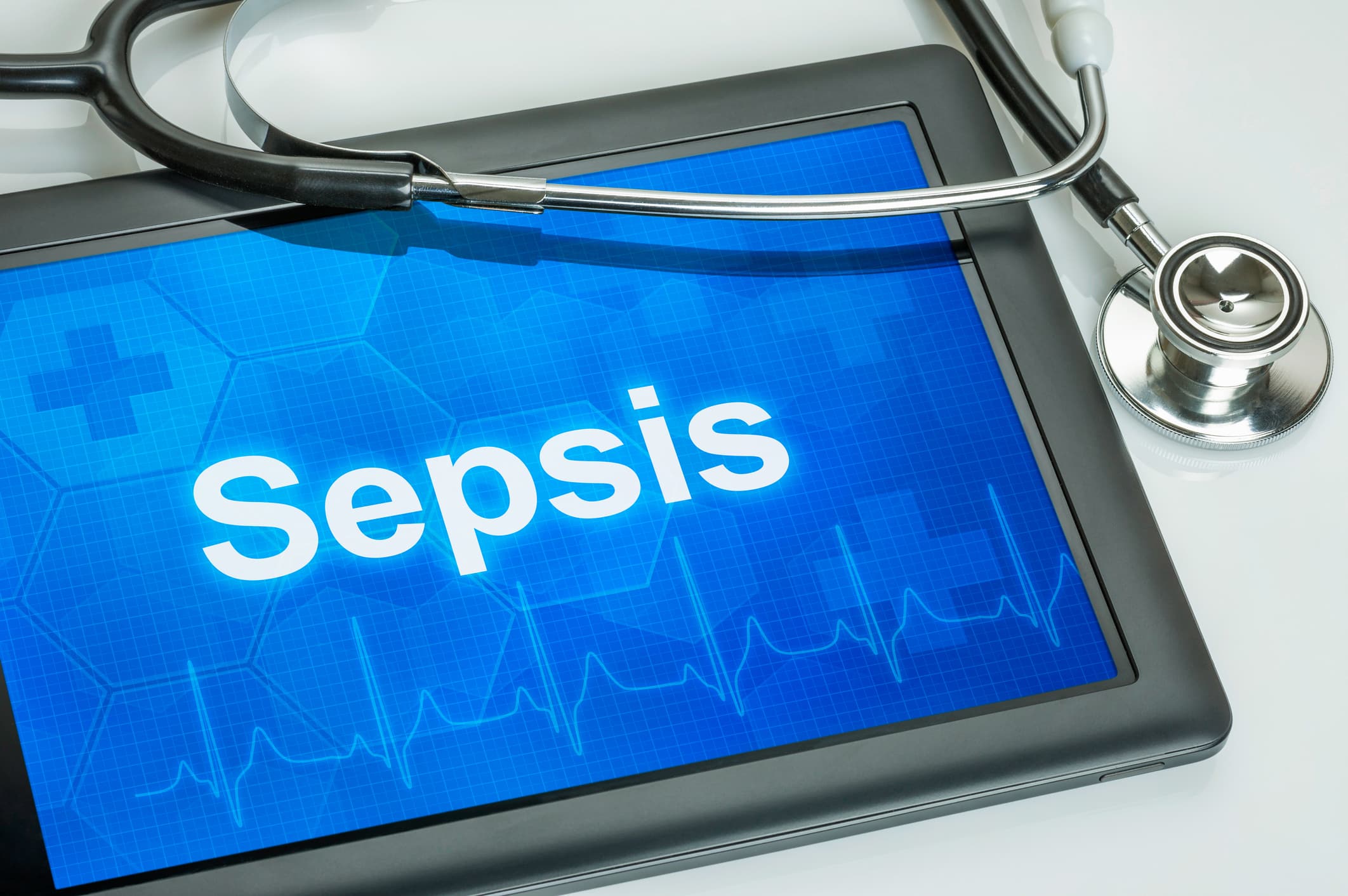Sepsis is the body’s extreme response to an infection. It is life-threatening and without timely treatment, sepsis can rapidly lead to tissue damage, organ failure and death. Sepsis happens when an infection you already have — in your skin, lungs, urinary tract or somewhere else— triggers a chain reaction throughout your body.
Each year, more than 270,000 people in the United States die from sepsis. Worldwide, that figure is eight million. Approximately 66 percent of Americans say they know the word sepsis, with only 12 percent of Americans being able to identify the most common sepsis symptoms.
Everyone is at risk for infection, and almost any infection can lead to sepsis. Individuals living with chronic conditions such as diabetes, lung disease, cancer and kidney disease are at higher risk of developing infection that can lead to sepsis. Sepsis can occur more commonly in people 65 years or older, people with weakened immune systems and children younger than one.
Symptoms of sepsis include:
- Confusion or disorientation
- Shortness of breath
- Increased heartrate
- Fever, shivering or feeling very cold
- Extreme pain or discomfort
- Clammy or sweaty skin
If you or a loved one are experiencing any of these symptoms, seek medical attention. Sepsis is a medical emergency and time matters.
Get ahead of sepsis by practicing the following:
- Get recommended vaccinations.
- Take prescribed medications regularly.
- Take care of chronic conditions.
- Practice good hygiene.
- Keep cuts clean and covered until healed.
Handwashing is imperative in preventing sepsis. Proper handwashing should include the following steps:
- Wet your hands with clean, running water (warm or cold) and apply soap.
- Lather your hands by rubbing them together with the soap.
- Scrub all surfaces of your hands, including the palms, backs, fingers, between your fingers and under your nails. Keep scrubbing for 20 seconds. Need a timer? Hum the “Happy Birthday” song twice.
- Rinse your hands under clean, running water.
- Dry your hands using a clean towel or air dry them.
Soap and water should be used anytime the activities following activities have been performed:
- Before, during, and after preparing food
- Before eating food
- Before and after caring for someone who is sick
- Before and after treating a cut or wound
- After using the bathroom, changing diapers or cleaning up a child who has used the bathroom
- After blowing your nose, coughing or sneezing
- After touching an animal, animal food/treats, animal cages or animal waste
- After touching garbage
- If your hands are visibly dirty or greasy
For more information about handwashing, visit the CDC handwashing website. Visit the Sepsis Alliance website or the CDC Sepsis website for additional information about sepsis.
Information provided by Kathleen Malloy, RN, BSN, Stroke and Quality Coordinator at Hackensack Meridian Pascack Valley Medical Center.

